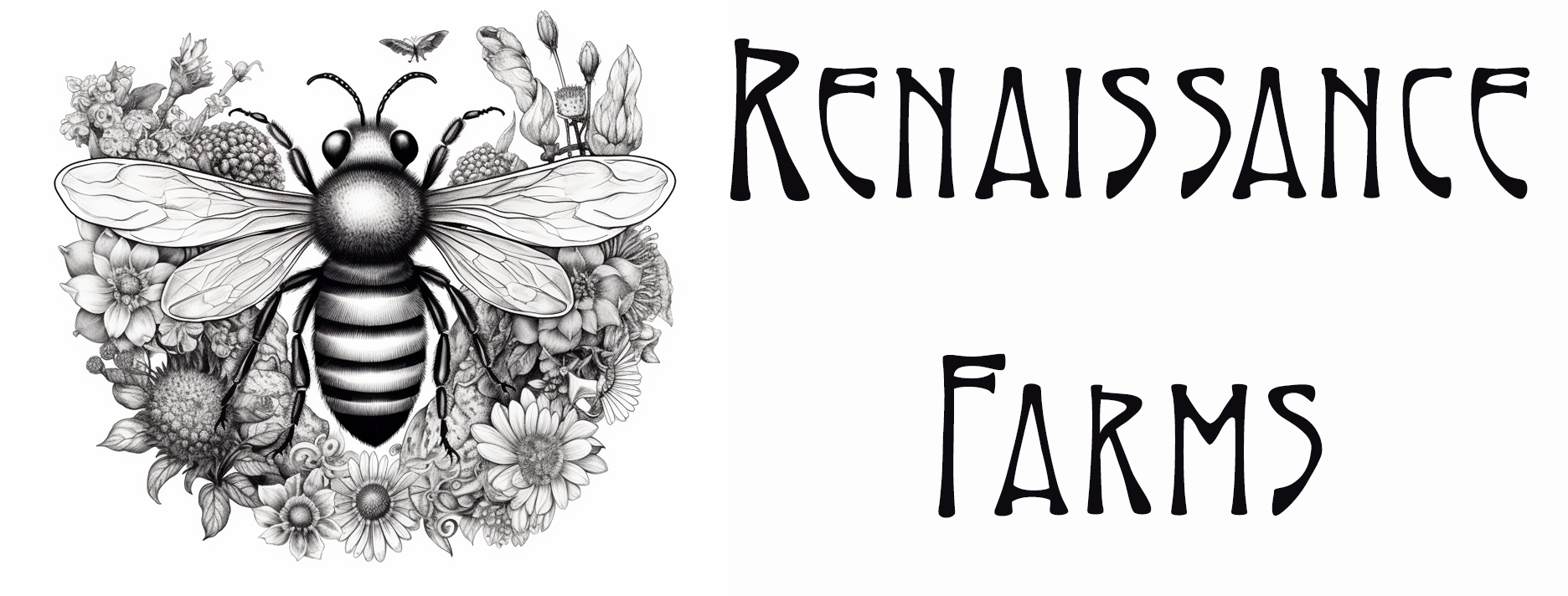This week, we’re going to take a deeper dive into the permaculture principles introduced in last week’s post.
It isn’t enough to know the list of principles we use in Permaculture. We have to understand what they mean. This week, we’ll work with Mollison’s Principles. His list kept evolving over the years – growing and shrinking. That’s a bit like Permaculture itself, actually.
Work With Nature Rather Than Against It
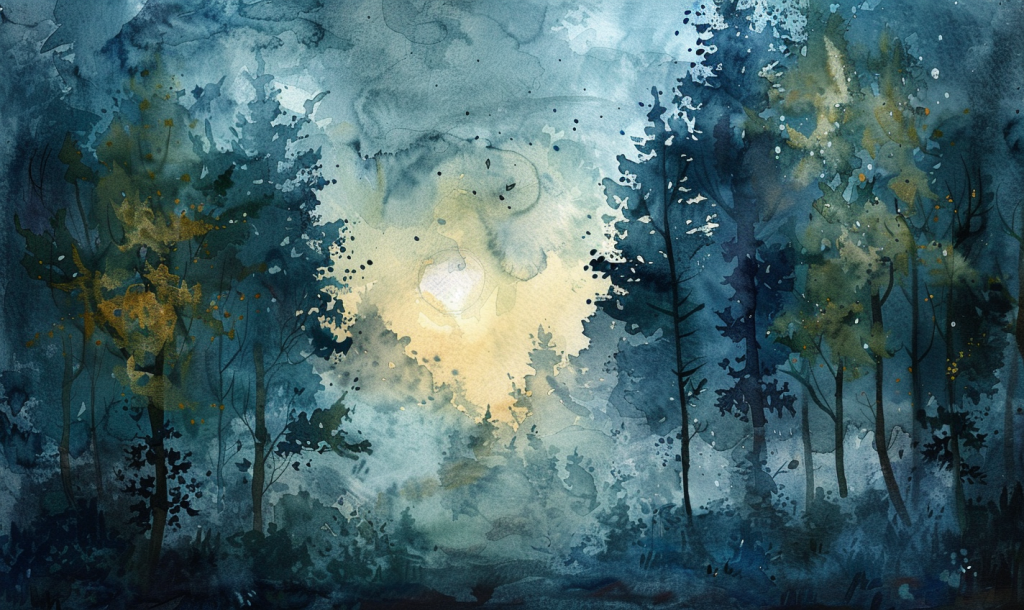
This seems fairly self explanatory. However, most people haven’t really paid attention to how nature works. The first thing is to observe Nature’s functions – both generally and specifically. For instance, what happens when woodland is struck by lightning and partially burns? Or if a peak succession tree dies and falls? What even is ‘peak succession’?
How do animals range through the landscape? Do they seem to go in a particular order? What about how populations rise and fall over a cycle of years?
One you understand how Nature functions when undisturbed by human interaction, you can better understand how to work with her. You can understand how to mimic her rhythms.
We’re only covering environmental design in this series. Watch for the next series “Permaculture for Social Change” where I cover how to apply everything you learn here to social and governmental structures.
The Problem is the Solution
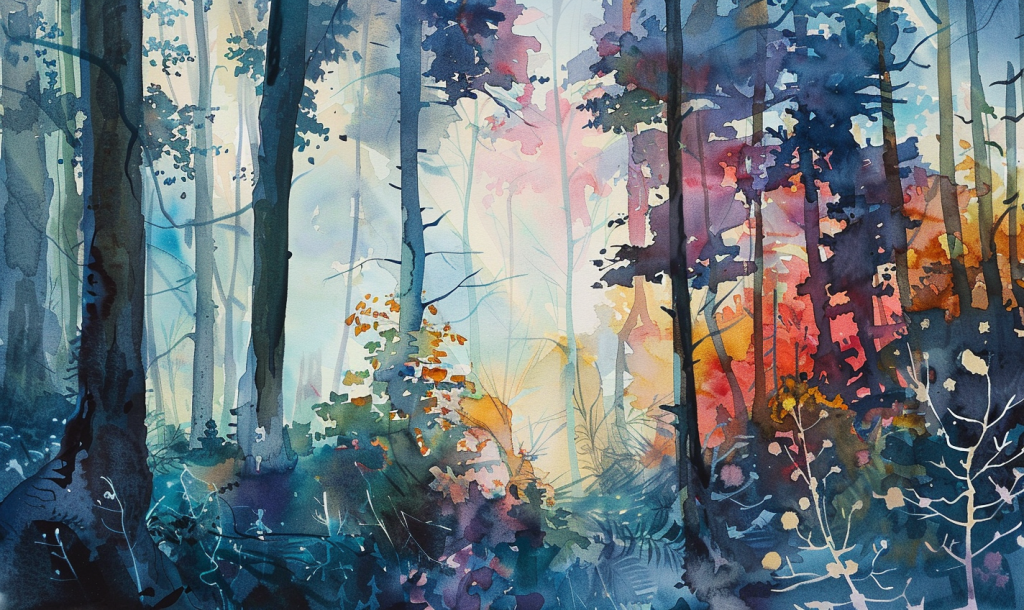
This is probably on of my favourite principles. It has become a motto, even a mantra, for me. It can sometimes really stretch the brain cells to work this out. Once you’re used to turning things around entirely in your head, you start to see solutions everywhere. Here’s a pro tip: Think like a child. Children are natural problem solvers and extremely creative.
You know the story about the truck that got itself stuck under a bridge? When all of the grown-ups were busy wringing their hands trying to work out how to get the truck free and fretting over the possibility of needing to demolish the bridge, the child asked “why don’t they just let the air out of the tires?” The problem: The truck was too tall. The solution: Make the truck shorter by deflating the tires.
Make the Least Change for the Greatest Impact
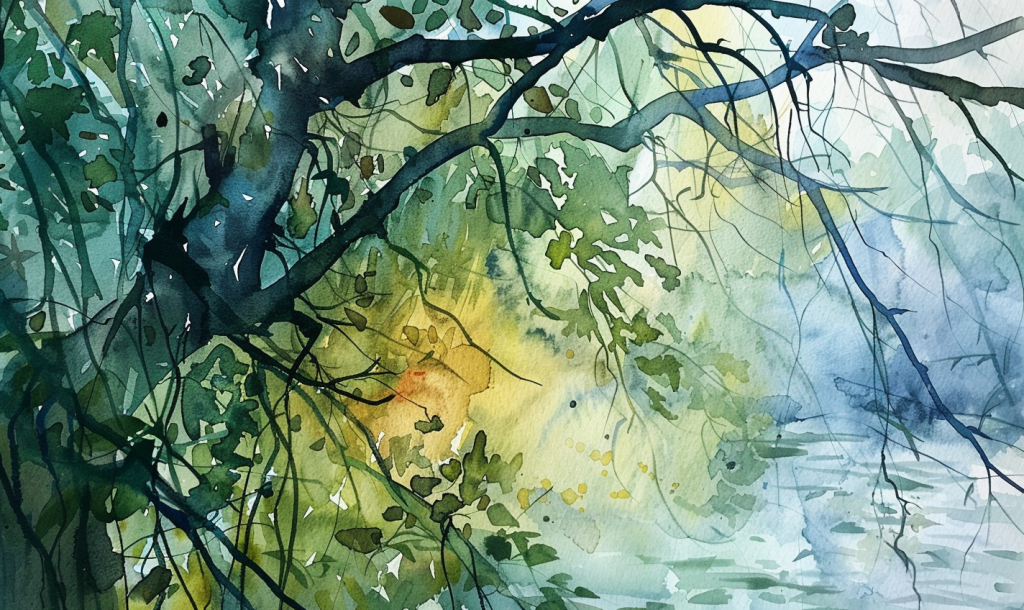
This is permission right here to be lazy. Just kidding. It’s not. But it is an invitation to think smaller. What is your goal with your design? I know that you have several. So start prioritizing them. Get the most important one in front of you – not necessarily the most urgent. You can do that by listing the benefits of each goal and compare likely outcomes of their achievement. That one goal is what you need to focus on. Just that one – set the other goals aside for a bit. Perhaps this most important goal ticks off some of the tasks for your other goals, too. That’s making the least change for the greatest impact.
Maybe this one project saves you time and money because it makes your home, garden, or life more efficient. Perhaps this one project generates more income or yield for you. Maybe the other projects fill goals, but require more resources than you currently have.
The Yield of a System is Theoretically Limitless
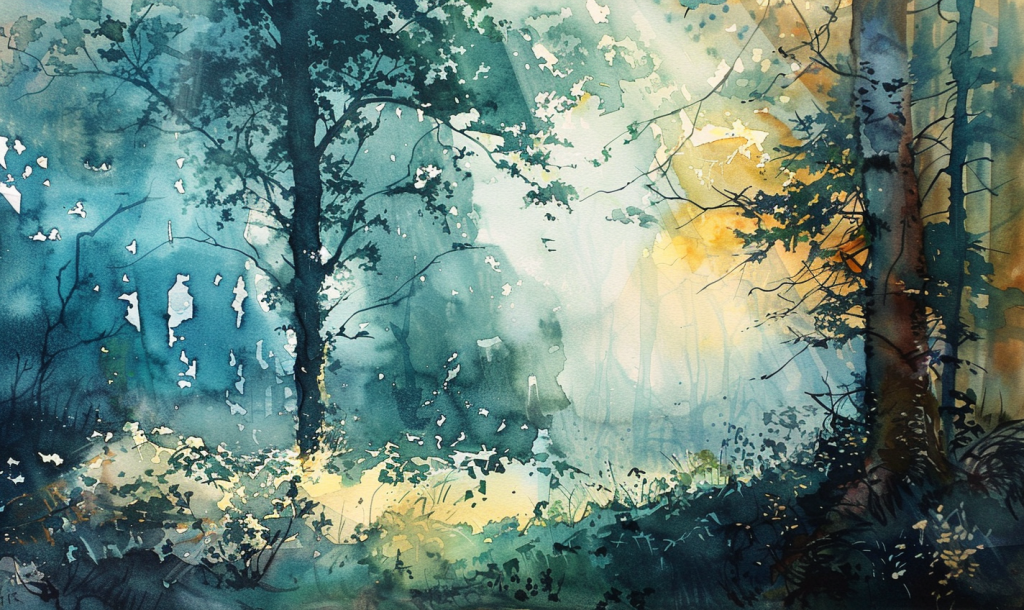
There’s a bold statement. So what, then, is stopping your system? What are the limiting factors? What factors can you impact right now? What will take more time and resources? Which factors aren’t worth changing due to the diminution of return?
Just because it works in theory, doesn’t mean it works in practice. Very often the face in the mirror is the limiting factor – or at least the major one. And always, there are limiting factors impacting your design site, often those can’t totally be mitigated. Sometimes, you can’t do a thing about them because it’s outside of your control (local laws, choices of previous neighbours, etc.).
So, then, look at ways to make the changes you CAN make to maximise the yield AND not limit future yields (as generally happens with chemical fertilisers).
Everything is Connected/Everything Gardens
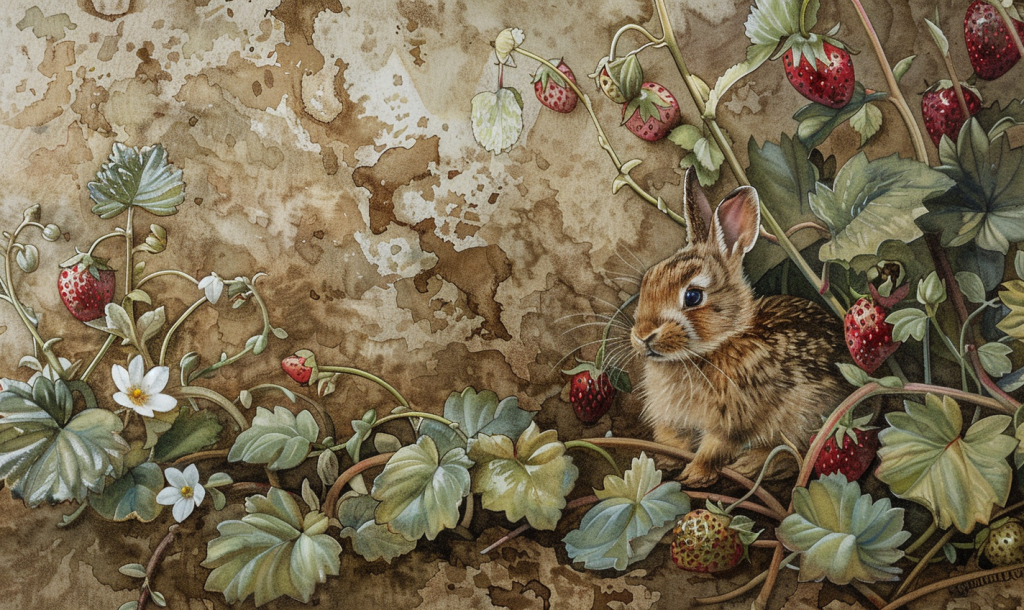
You only have to do a day lesson in soil science to understand this one. And you’ve probably heard of the Web of Life. Beneath the surface, there are interconnected communities of bacteria, mycelia, insects, and plant roots all working together to bring life to the surface.
That’s also true up here on top. We are what we eat. The soil is what it eats. Plants and animals of all kinds are what they eat. And so on… The same interconnectedness can be seen in how water moves over a landscape when it meets human-made structures, wind is the same, as is the sun. Impervious surfaces lead to water run-off (instead of charging the aquifer). Concrete and asphalt increase surface temperature creating heat islands. Bare soil does the same, and also prevents carbon storage.
About this painting. Earlier this week, my youngest son and I went out for a walk about the farm. We found a string of strawberries ‘growing wild’ along a footpath. It was planted by rabbits who had eaten from our garden. Perhaps they’ll mind their own now instead of stealing ours. Or maybe they won’t mind if we sample theirs.
Links and Resources:
Primary and Secondary Succession
Small Solutions for Big Change – A series of talks starting in June about small ways you can move yourself and family toward greater resource efficiency – Subscribe to The Buzz for updates
Various Scales of Permanence – there are also separate scales for social and governmental structures. More on that in a separate series to come.
Life in a Jar – Creating a self organising ecosystem in miniature. To show interconnectedness and how everything gardens.
Global CO2 Changes Over a Year
What Next?
If you haven’t already, be sure to subscribe to my farm newsletter, The Buzz, so that the link to each post in the series lands in your inbox every Friday. Lots of other goodies are included in the newsletter as well.
Have a look at the previous posts in the series:
Permaculture Series: Introduction
Permaculture Series: Ethics and Principles
Please feel free to comment on the posts with any questions you have. I’m happy to clarify my reasoning or a concept that I’m covering.
Share the posts and/or link to the newsletter with friends.
Connect with me and the farm online
Support my work by purchasing something on the shop, taking a course, or contributing to one of my projects.
Up Next
Next week, we’ll go over Holmgren’s Principles.
